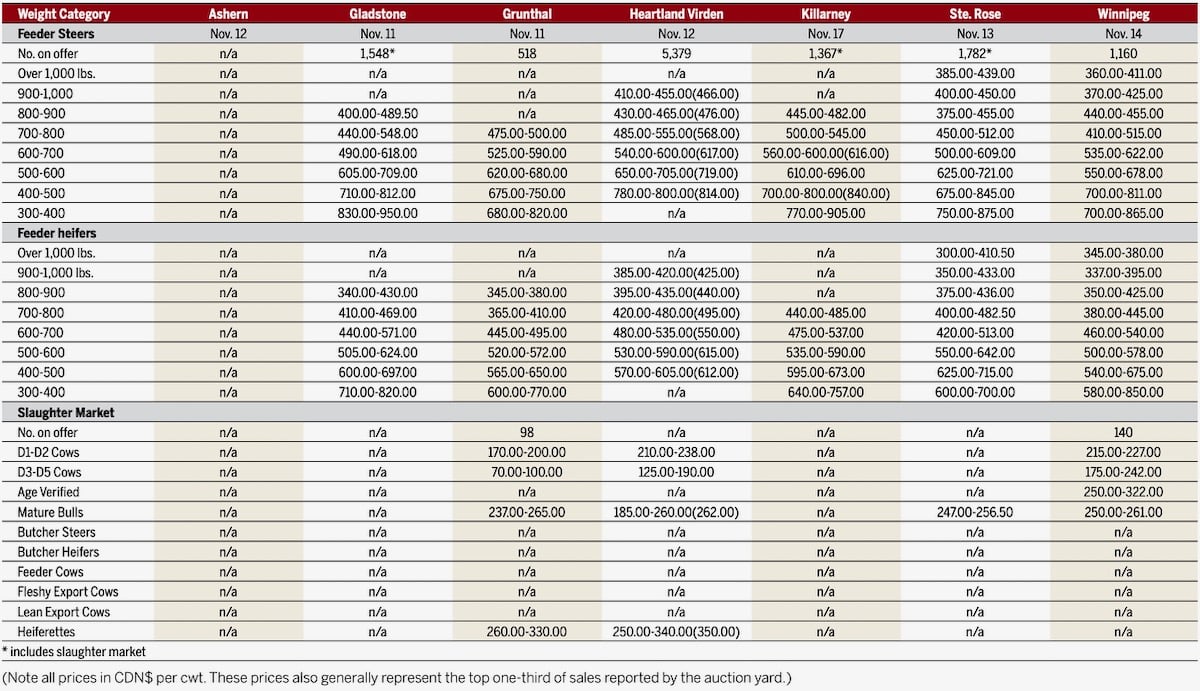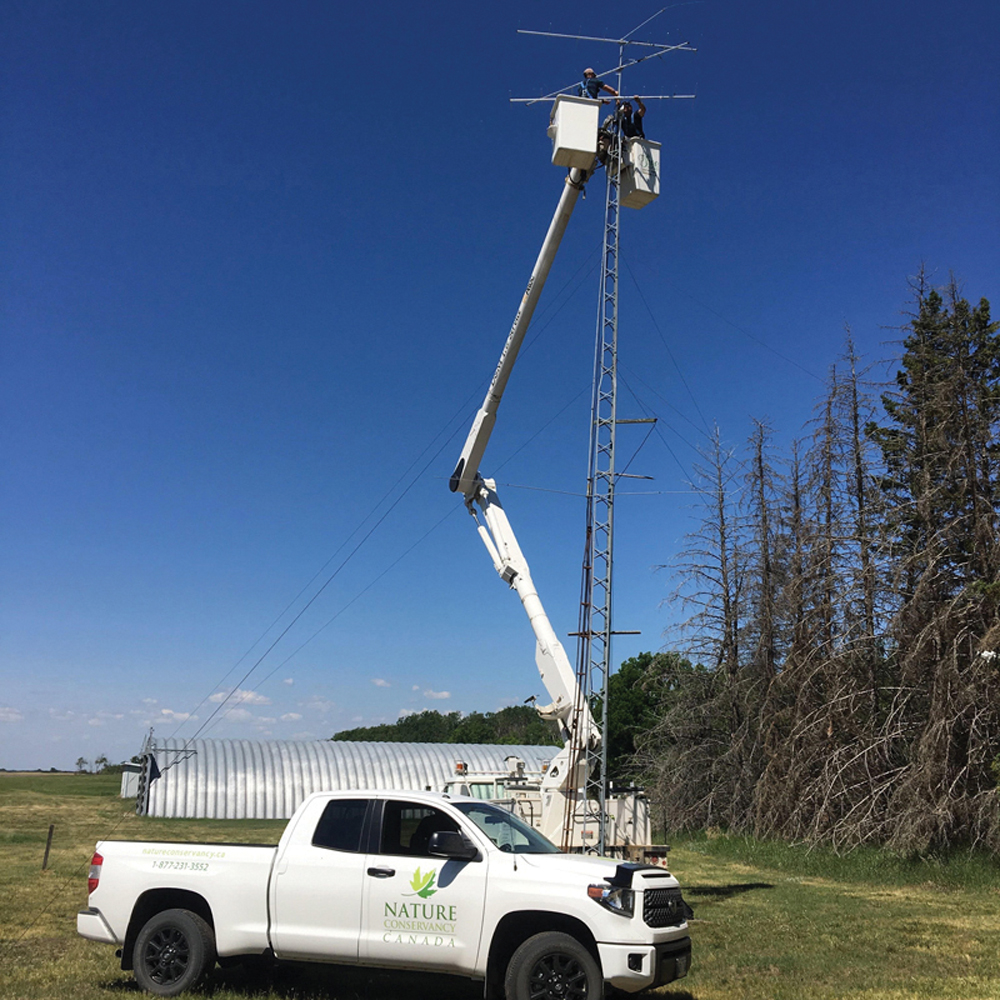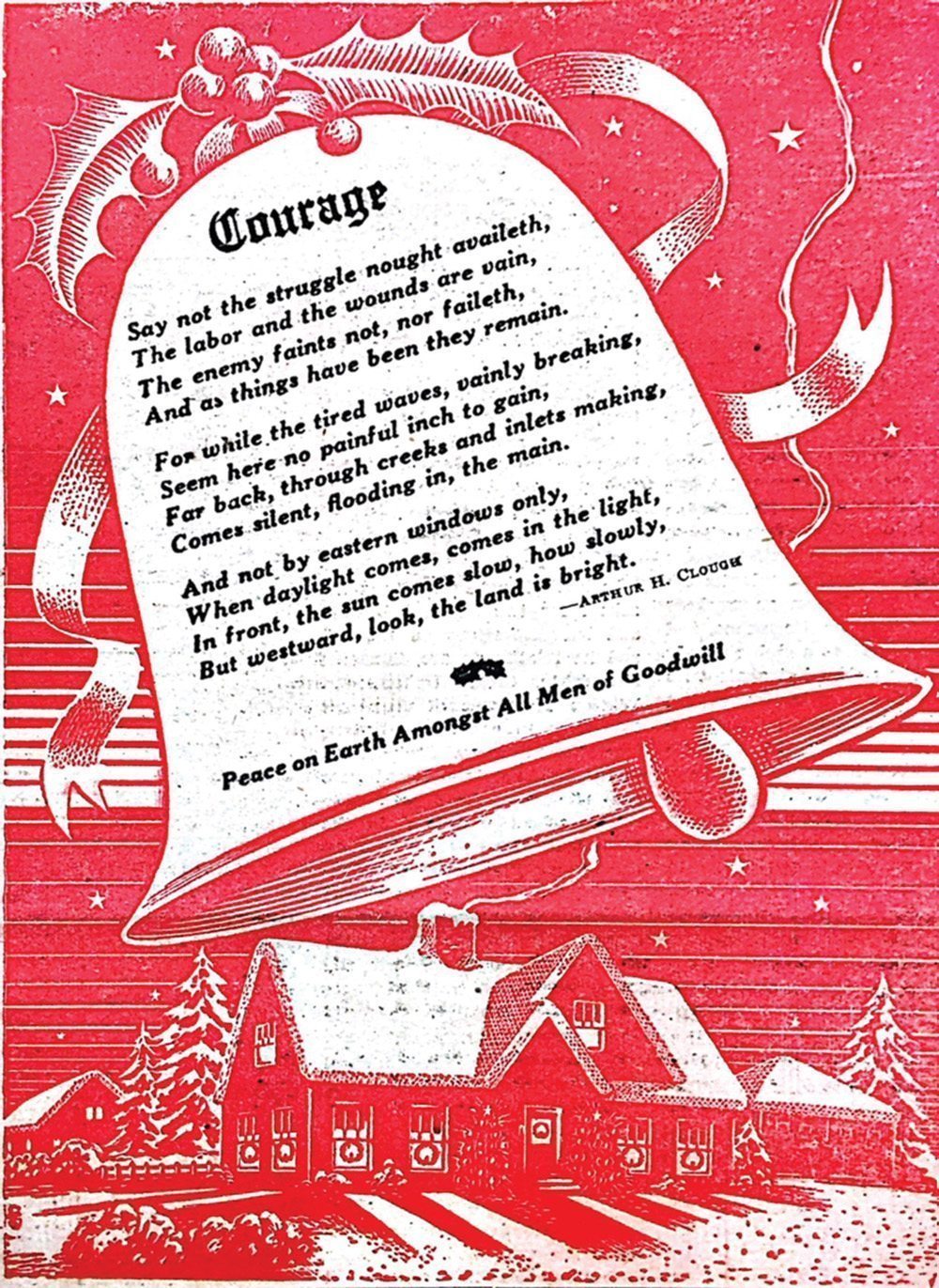Pinawa residents put a lot of effort into stocking a public library in the 1960s, but would they repeat the job today?
Maybe, but probably not with the same zeal, says Michael Luke, chair of the eastern Manitoba town’s library board.
Now faced with circulation declines, including a recent double-digit drop in books checked out, he’s begun to wonder what’s ahead for small-town libraries such as theirs.
Pinawa residents borrow about one-third fewer books than 15 years ago, but a sudden stark decline last year caught everyone’s attention, Luke told the Manitoba Libraries Conference held in Winnipeg in May.
Read Also

Manitoba cattle prices, Nov. 17
“Our circulation dropped 17 per cent in a single year,” he said.
So far, 2014 isn’t looking like a repeat, but the sudden decline has made them ask what’s going on.
They speculate that people are reading less, or buying more books than they borrow as cheap books are becoming more widely available.
More likely it’s a combination of those factors plus the uptick of e-book borrowing, either through e-libraries or purchasing online, to be read on high-tech gadgets at home, Luke said.
“I think that’s really beginning to bite now,” he said in a presentation that raised questions about how small-town libraries can adapt in the digital age.
Not long ago the library without the book was an absurdity, but with Kindles, Kobos and iPads and smartphones putting reading materials instantly at our fingertips, the prospect of the book without the library is at least a possibility.
“The library currently still attracts the public who will come in and sit down and read,” said Luke. “But I think that attractiveness is fading because you can also do that from your own home. You can sit down with your tablet or your smartphone and dial up the same kinds of things yourself.”
- More Country Crossroads: The iconic Irma Harding returns
Print still stable
The growth of e-book borrowing from public libraries has been phenomenal, while print book circulation in libraries across the rest of Manitoba (excluding Winnipeg) is seen as stable, say staff with Public Library Services, based in Brandon.
In 2013 the combined circulation of 59 public libraries (excluding Winnipeg) print books (children and adult) was 2,260,594, or about 200,000 fewer books than in 2008.
By contrast, borrowings through E-Libraries Manitoba has skyrocketed from 3,918 in 2008 to 169,007 in 2013.
“I think there’s definitely a shift going on there,” said Will Enns, library program consultant with Public Library Services. “It’s taken the public awhile to catch on to the e-lending service but the growth is incredible.”
But Enns also points out that even as people aren’t checking out as many books as they used to, traffic through library doors remains steady. Their “gate count” numbers show over 4.4 million Manitobans visited public libraries outside Winnipeg last year.
“Circulation is not the only performance indicator of a library,” said Enns, adding that people often come to libraries because they’re WiFi hot spots, or for computer and Internet access, and the availability of specialized electronic services such as Mango, Manitoba libraries’ online database to learn English or other languages.
Other uses
The public library is also one of the last public spaces in the community without a commercial agenda, said others at the libraries conference last month. Libraries are also used for toy-lending programs, music nights, art displays and writers’ workshops.
Pinawa is trying new things too, says Luke, who sees an opportunity ahead for libraries to encourage more local authorship through offerings of writers’ workshops and providing resources to help people get published.
But he also believes we’re only on the cusp of a trend started by the uptake of smartphones and tablets. If the trends continue, what happens to local libraries is an open question, he said.
“I think if people become generally disinterested in (physical) books, or a smaller and smaller number of people are, then I think it will be harder and harder to justify the funding that flows to the libraries,” Luke said.
Tailoring e-book collections to local interests may be one route, but maintaining a physical presence as a library depends on people remaining interested in physical books as well, he said.
“I think we’re faced with some very serious challenges,” he said, adding that the small town’s resource-limited libraries will be particularly challenged.
“The question I’m struggling with is what is the function of a local physical presence, if, say 60 or 70 or so per cent (of book loans) becomes e-book reading,” he said.
“Our only role could be as simple as handing out library memberships and choosing some e-books to be hosted by E-Libraries Manitoba. That’s not a big role.”
















